This term, we’re doing a materials exchange – a round robin of packages with gifts intended to inspire a creative response. I received items from Georgie: a book on Runes by Ralph Blum and a red cloth bag carrying a set of my own – smooth, thumb-sized stones, each etched with a black symbol. In a letter, Georgie explained that they had belonged to her father, who moved to the UK from Italy and used the runes to connect with strangers in pubs. The book has a time-worn soft hue to the pages and his handwritten translations in the margins.
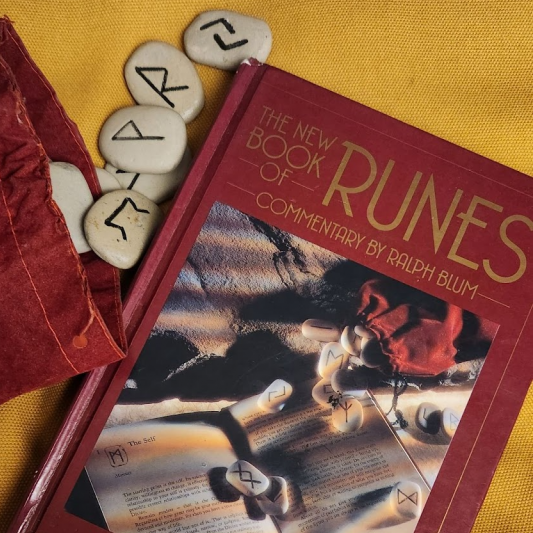
I’ve recently started living between the UK and Mexico and, like Georgie’s father, am seeking new ways to connect with people. The runes felt like a prompt – one of several recent encounters with mysticism and divination. They made me wonder about the meaning people find in these practices and about my own relationship with them. Georgie said her father – like me – was not a particularly spiritual person. My assumption was that while they hold no innate power, these practices help people connect with their thoughts and feelings, and reflect on issues that they’re facing. In practices where there’s a reader and an asker, there’s the added layer of a connection with another person, who may be skilled at reading you and helping guide you to answers.
I was left wondering, what happens when rituals are adopted with scepticism? Is the ritual’s power diminished, or does it still hold space for reflection? Curious, I tried a reading with my partner. We interpreted each stone with the book’s guidance, translating into Spanish as we went. The results felt uncannily resonant, perceptive of our present situations and fortuitously positive. We didn’t give much weight to the reading, but the process still created a reflective, playful space.
Aware that Milana had a project called Wander Runes, I mentioned the set to her and asked about her experience. She explained how she sees the runes not only as mantic tools, but as possessing magical energy. Her reverence challenged my insincerity, making me aware of the need for cultural sensitivity and encouraging me to reflect on the cultural and historical weight of the symbols. I began researching the runes’ history, as well as looking into Mayan glyphs – an ancient symbolic language still visible in everyday life in Mérida, where I’m based in Mexico. I was interested to see if there were parallels or interesting points of difference between the languages and cultures.
During my research, I became interested in the aesthetics of these languages and how they persist in contemporary culture. Mayan glyphs are highly decorative symbols – pictorial, intricate and playful. While the runes are stripped down, simple, abstracted forms, like contemporary Latin script. I feel a kinship with the heritage of the runes – I grew up in a village that was founded by Vikings, aware of the cultural interconnections that persist in the UK. And considering these two forms of writing, I became aware of my own preference for the no-frills aesthetic of the runes. In my work in branding and marketing, I’ve tended to see this aesthetic as having more impact, of being more effective in terms of building recognition and communication. Is this preference informed by my cultural background? I started observing how both aesthetics are present in public spaces in Mérida – from street signs, to safety warnings, to the design of public services and commercial branding, as well as the intricacy of ironwork and the patterns of the colourful floor tiles. I started documenting these through photographs and wondering how my cultural background shaped how I interpreted them in comparison to people rooted in the local culture.
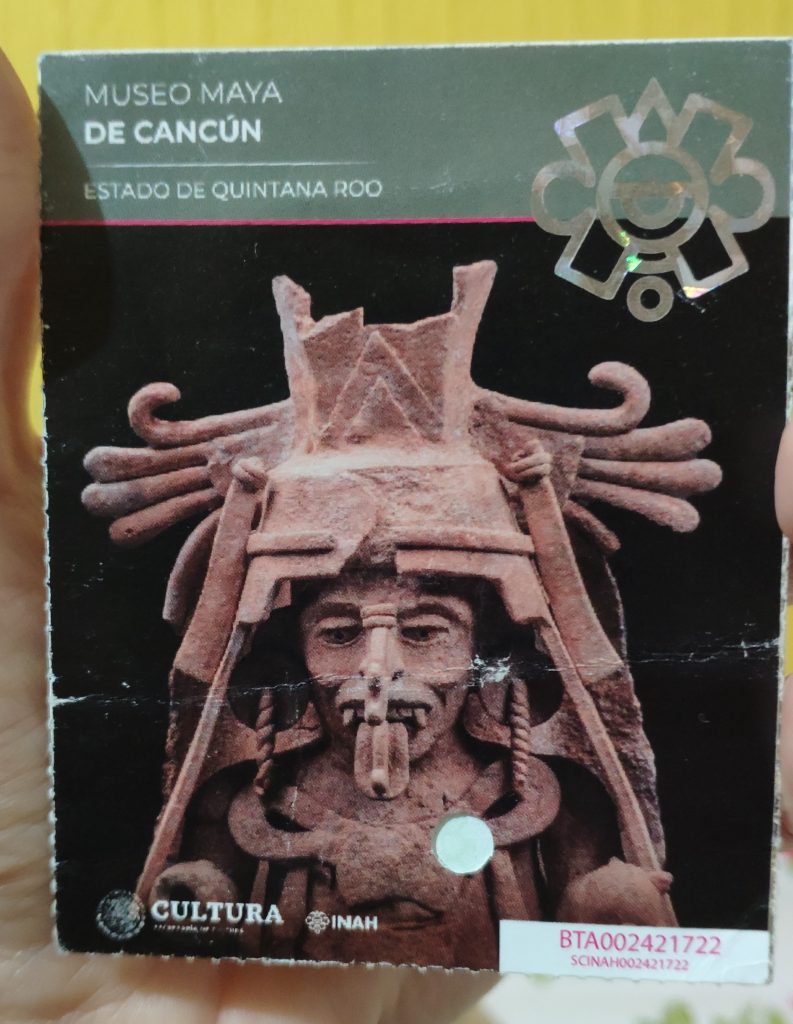
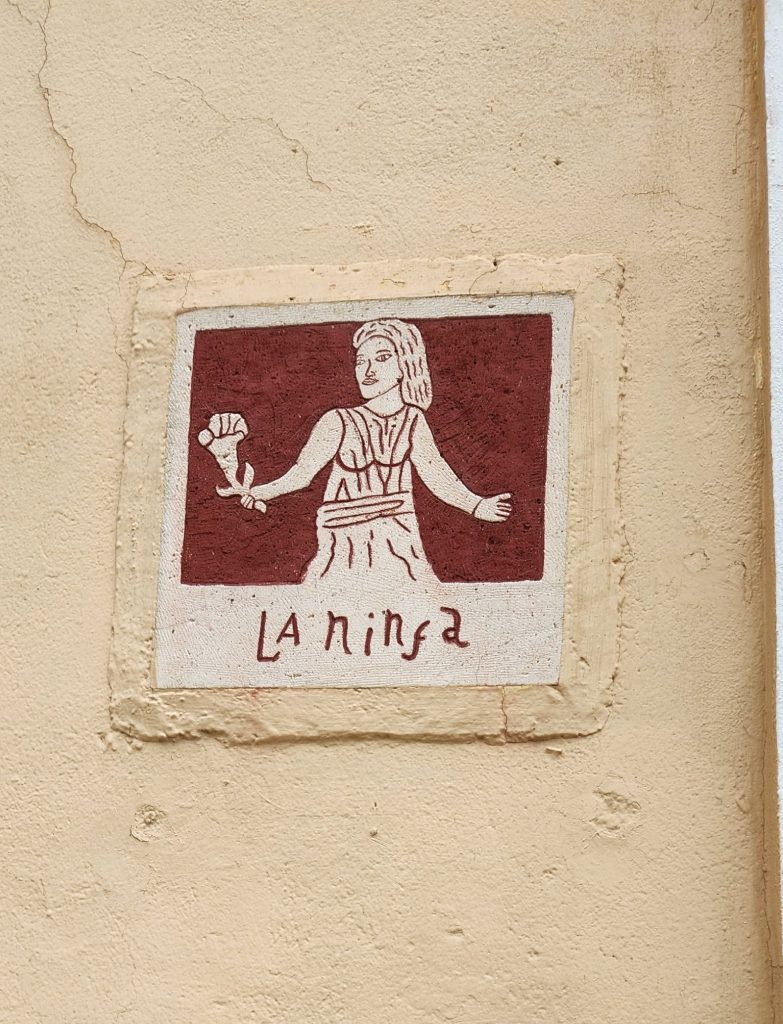
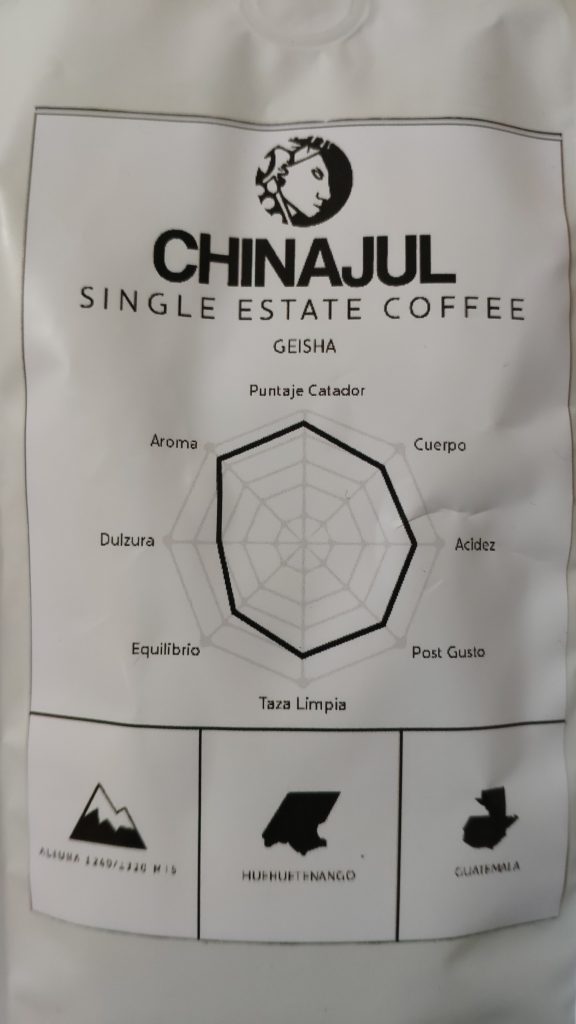
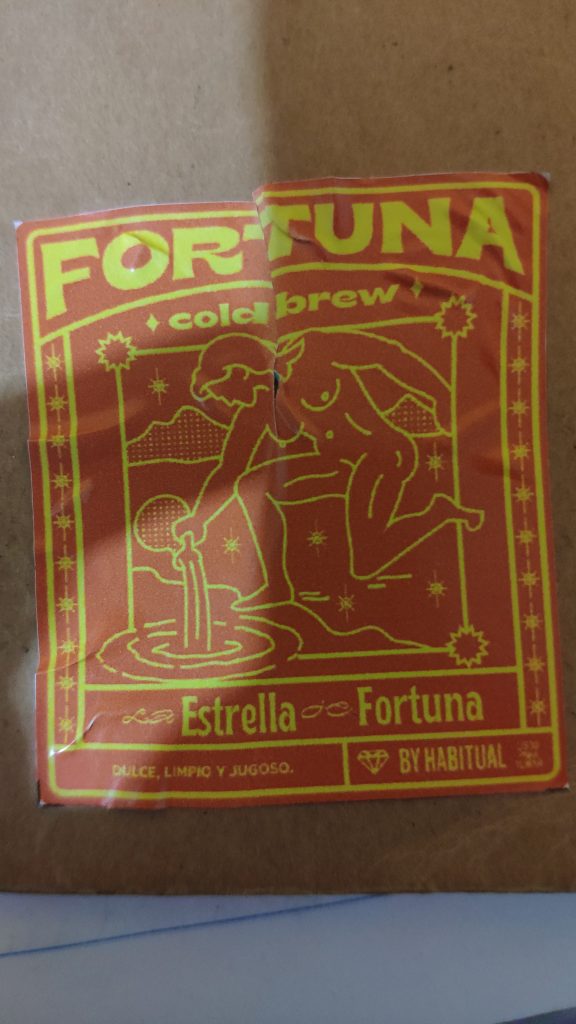

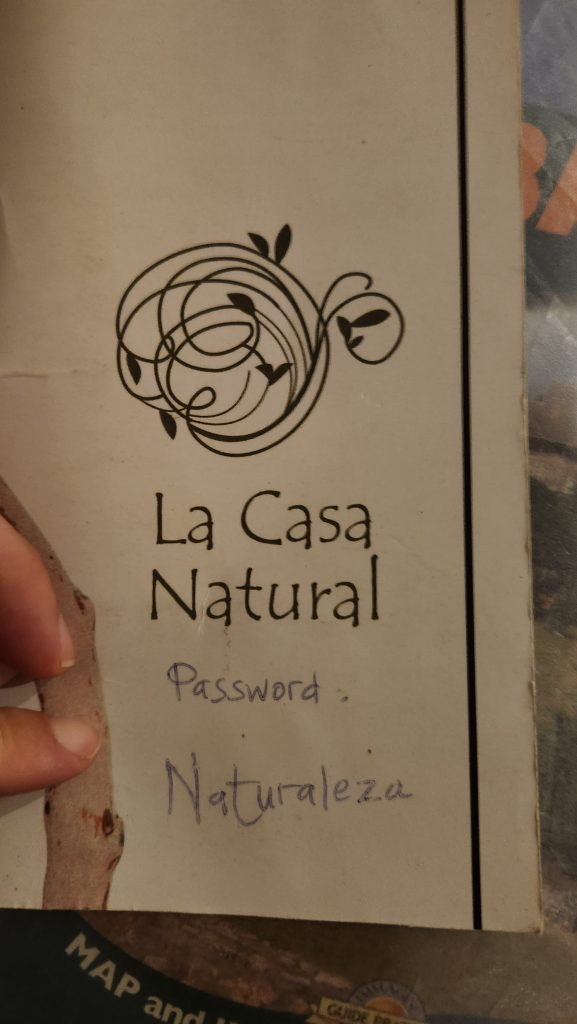
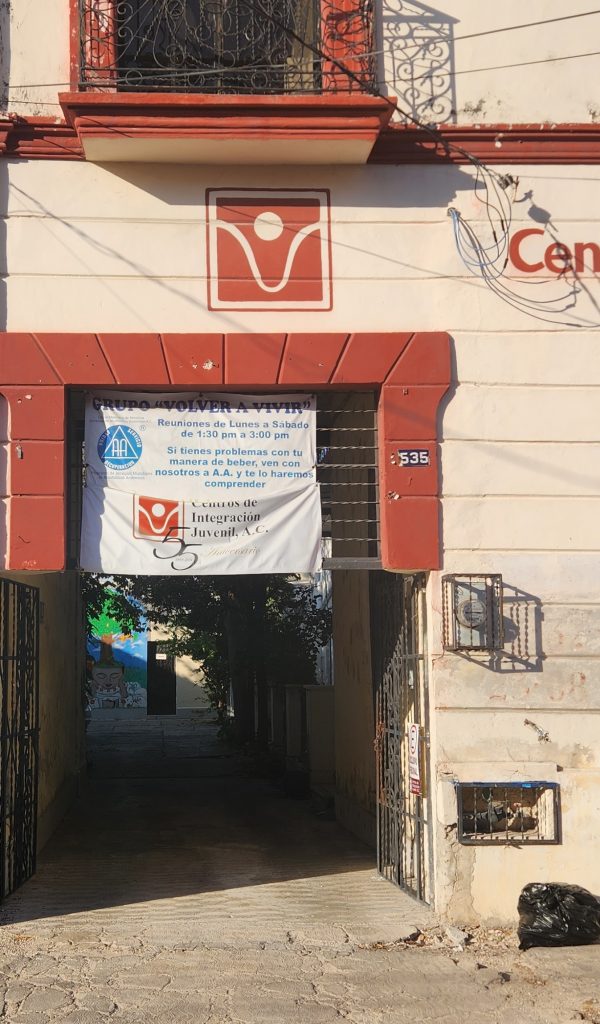
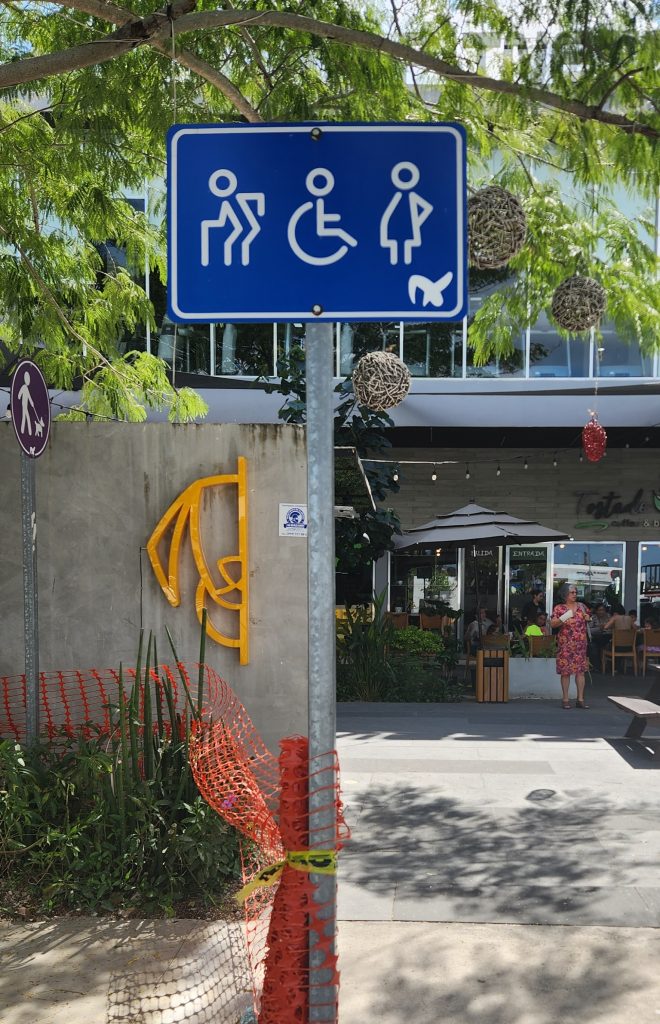
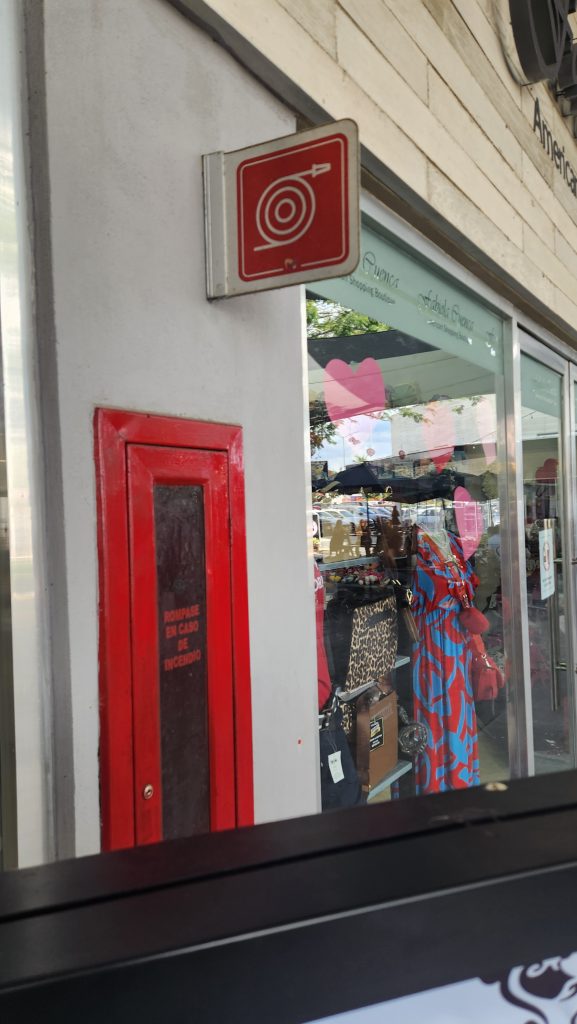
I played around with ‘translating’ the symbols of the runes into the aesthetic style of Mayan glyphs and vice versa. I abstracted Mayan Tzolk’in glyphs in Illustrator and, using pen and paper, I rendered the runes in the intricate style of the glyphs. I noted overlaps: both systems have symbols for light, journeys and time. But there are also differences: runes represent gods and natural elements from the Norse world, while the glyphs incorporate animals, elements of agriculture and celestial cycles from the Mayan world.


During this process, I wrestled with issues of appropriation and belief. What does it mean for me, a British woman, to draw from the Mayan visual language? How can I engage respectfully, without claiming ownership? And similarly, is it possible to respect the runes if I don’t believe in their powers of divination? I kept coming back to a phrase from Blum’s book: “Function determines form, use confers meaning.” His view is that there’s no right or wrong way to read the runes, but that they become what we use them for. In response, I shifted toward designing wholly original symbols – ones that referenced my personal lived experience and emotional perspective. I developed these into a set of cards, which gave me space to play with the tension between the two distinct aesthetics. The design draws on the local aesthetics I’d observed – the glyphs, floor tiles, architectural details, and a colour palette inspired by the region’s clay hues – but simplified and abstracted, reflecting my own innate preference for clean lines and negative space in design.
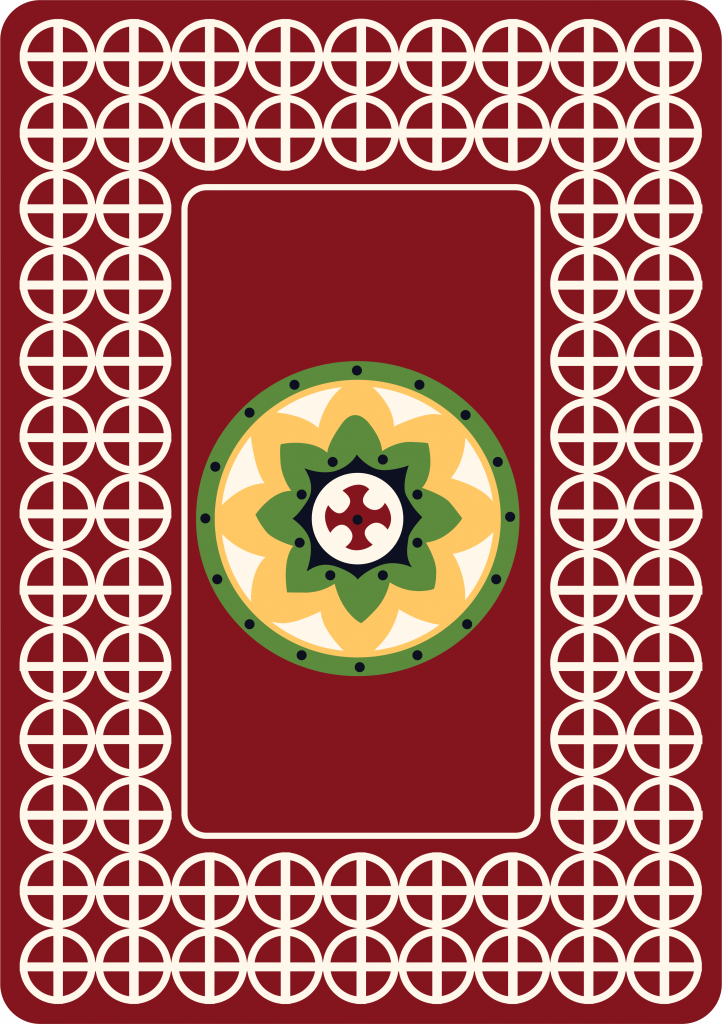
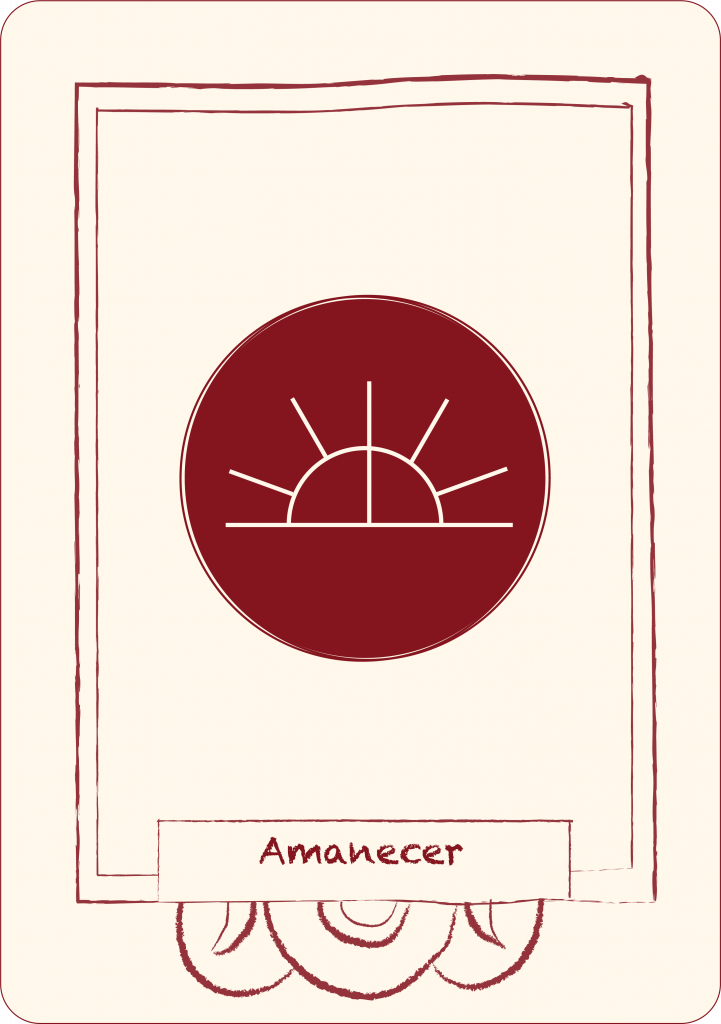
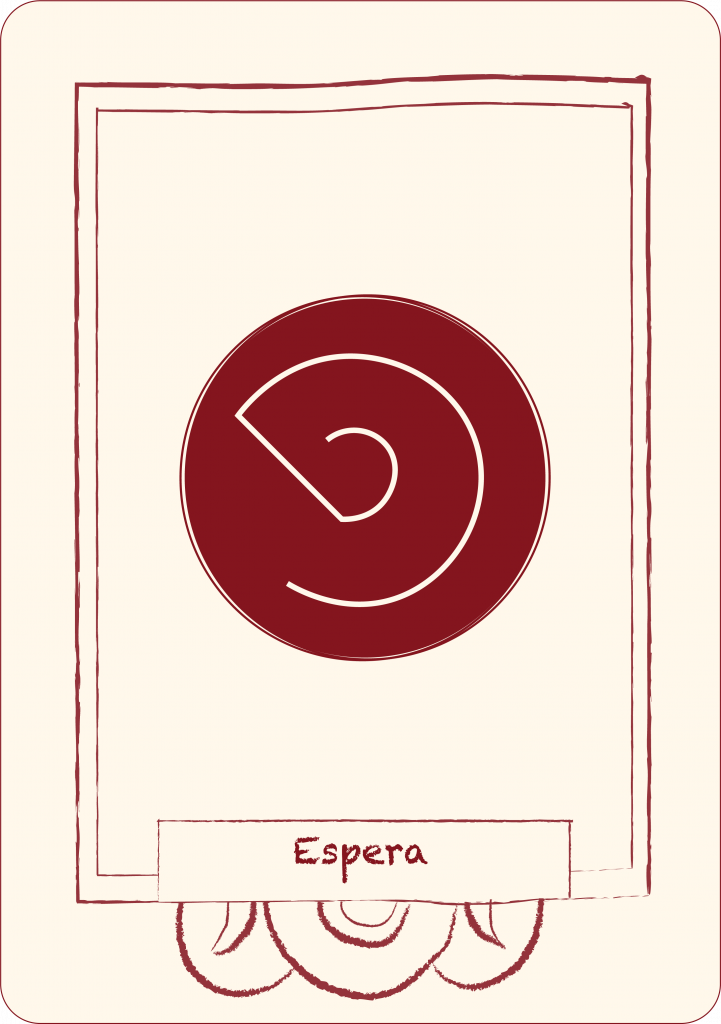
Each symbol is linked to a memory or observation from my life in Mexico and I began drafting personal interpretations. Their meanings emerged from a blend of personal experience, reflection, and a desire to offer tools for navigating life’s difficulties. I don’t intend for them to predict futures, but as a tool for personal reflection and to invite conversations. I imagine reading them for others – offering not answers, but companionship in the act of questioning. I see the cards as a kind of gift: if someone brings a question, I offer a piece of myself in return.
The project culminated in twelve symbolic cards and I’m still contemplating their interpretations and whether this is something I would want to fix or to leave open. If “function determines form, use confers meaning” then perhaps I need to begin using the cards to see how they can be most useful and interesting. I had other ideas during the course of the project that remain with me. One in particular: a filmed rune reading with my partner’s mother, which I may return to later in the course.
While I don’t feel like my personal relationship with these sorts of spiritual practices has changed much over the course of the project, it has opened me up to the idea that there’s value in developing a personal reflective practice – and that there are many ways to do this, including using tools and rituals. It’s also prompted me to think about how these belief systems are an important line of difference in the world – one that we perhaps don’t articulate or understand as clearly as other belief systems (religious, political, for example). They tap into our understanding of reality, of free will and agency, of how we relate ourselves to the greater, wider world. I’m left wondering, how do we negotiate and build connections across this line of difference?
Leave a Reply